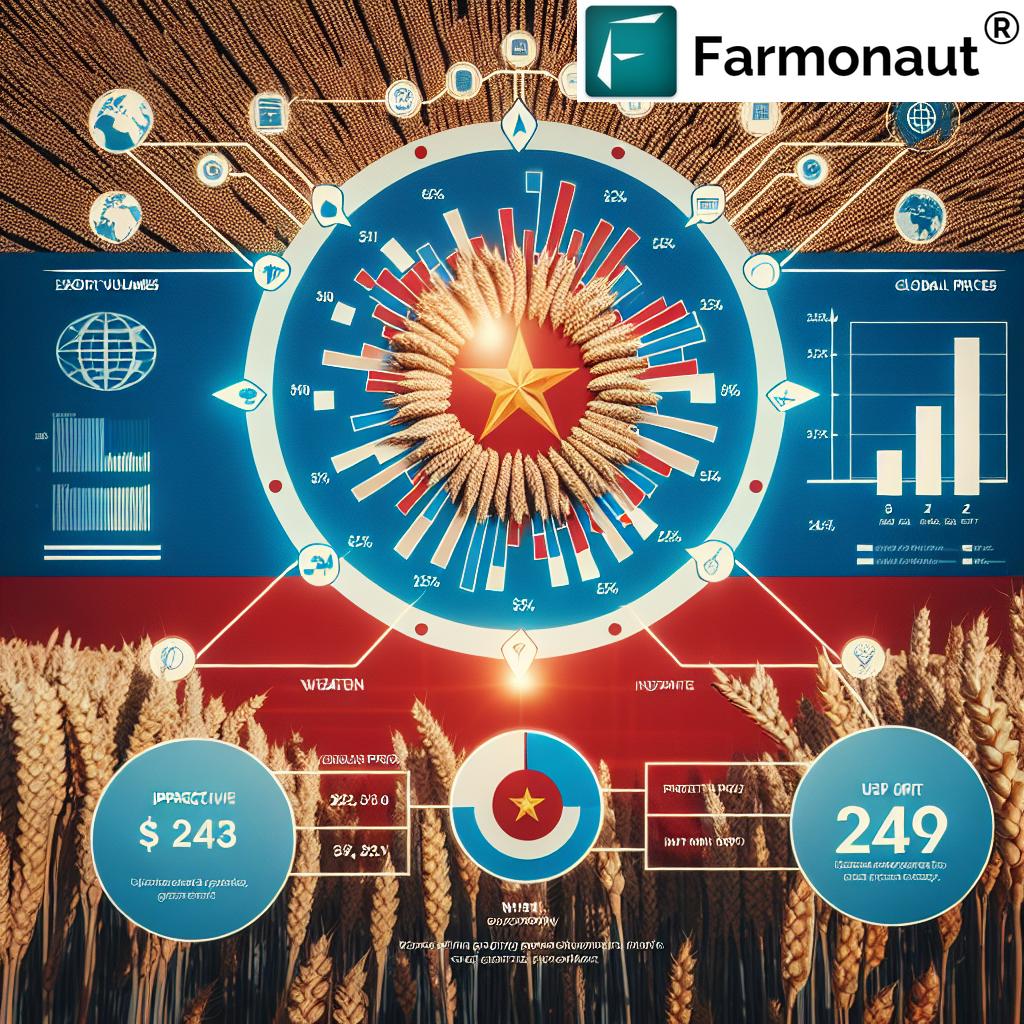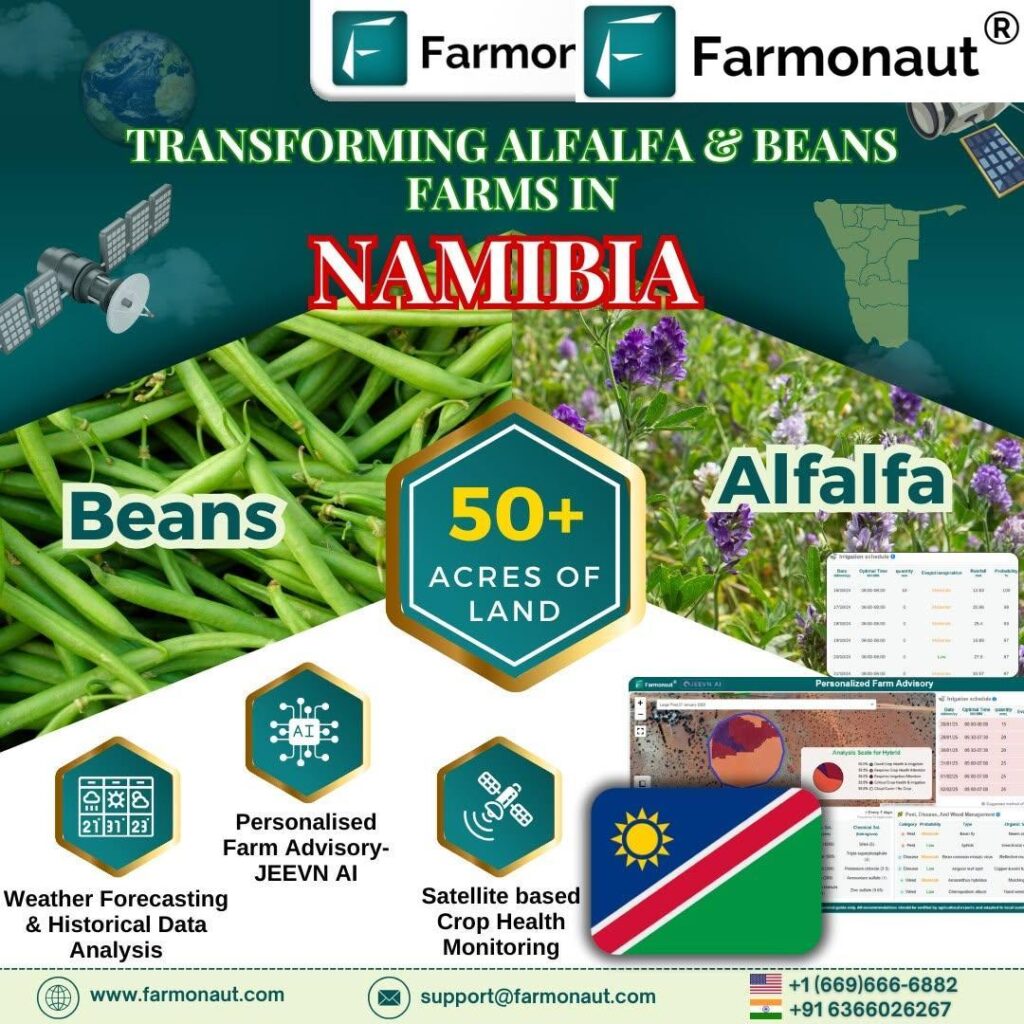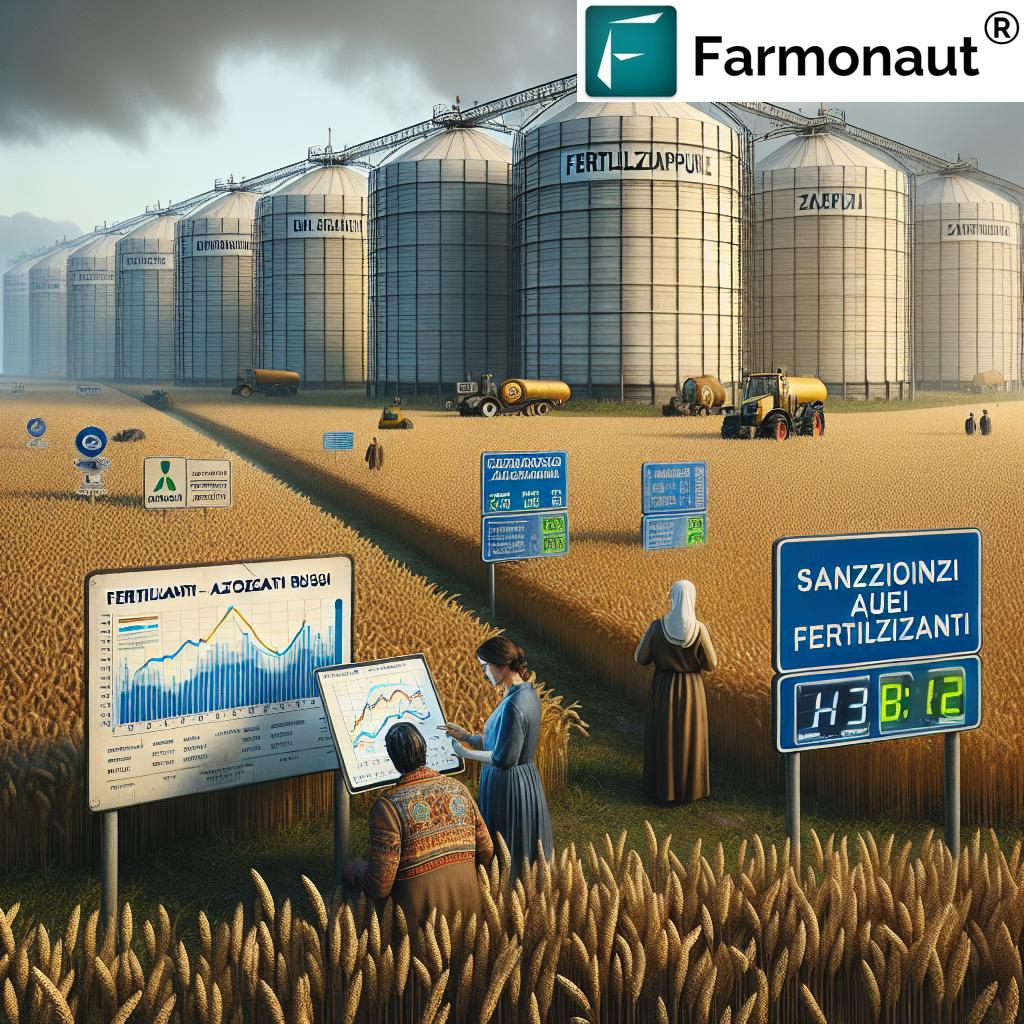Revolutionizing Wheat Exports: Russia Unveils Powerful New Pricing Strategy to Dominate Global Grain Market
In a groundbreaking move that’s set to reshape the global agriculture sector, Russia’s Grain Exporters Union has introduced a novel approach to wheat export pricing, potentially cementing the country’s position as the world’s leading wheat exporter.

The Birth of a New Pricing Strategy
The Russian wheat export pricing strategy has taken a significant leap forward with the introduction of indicative wheat prices by the Grain Exporters Union. This initiative, developed in close collaboration with the Russian agriculture ministry, aims to bring stability and transparency to the global wheat market.
The union, which represents an impressive 80% of Russian wheat exports, has set the bar high by establishing prices for 12.5% protein wheat at $240-$250 per tonne for the October-December period. This move is not just a simple price adjustment; it’s a calculated step towards addressing long-standing concerns over low selling prices and rising production costs in the sector.
Impact on Black Sea Wheat Market Dynamics
The introduction of indicative wheat prices is expected to have far-reaching effects on Black Sea wheat market dynamics. As Russia continues to dominate the wheat export scene, this new pricing mechanism is likely to influence how other major players in the region, such as Ukraine and Kazakhstan, approach their export strategies.
- Enhanced market transparency
- Improved competitiveness
- Potential for more stable prices
These factors combined could lead to a more predictable and efficient Black Sea wheat market, benefiting both producers and consumers globally.
Global Grain Market Trends: A Ripple Effect
The repercussions of Russia’s new pricing strategy are likely to be felt far beyond the Black Sea region. As the world’s largest wheat exporter, Russia’s actions have the potential to shape global grain market trends significantly.

Importers worldwide will be closely monitoring the indicative wheat prices Russia has set, as these could serve as a benchmark for international wheat trade. This move could potentially lead to:
- More stable global wheat prices
- Increased predictability in supply chains
- Potential shifts in global trade patterns
For those interested in staying updated on these global trends, Farmonaut’s mobile app provides real-time insights into agricultural markets.
Russian Agriculture Export Policy: A Broader Perspective
The introduction of indicative prices is just one facet of a broader Russian agriculture export policy. The country has been strategically positioning itself as a global agricultural powerhouse, with wheat exports playing a crucial role in this ambition.
Key aspects of this policy include:
- Investments in agricultural infrastructure
- Support for domestic farmers
- Strategic use of export quotas
These measures, combined with the new pricing strategy, demonstrate Russia’s commitment to maintaining its dominant position in the global wheat market.
Wheat Protein Content Pricing: A Nuanced Approach
One of the most intriguing aspects of the new pricing strategy is its focus on wheat protein content pricing. The indicative prices set by the Grain Exporters Union specifically target wheat with 12.5% protein content, highlighting the importance of quality in addition to quantity in the global wheat trade.
This approach recognizes that:
- Different protein levels suit different end-uses
- Higher protein content often commands premium prices
- Protein content can vary based on growing conditions
For farmers looking to optimize their wheat protein content, Farmonaut’s satellite and weather API can provide valuable insights into growing conditions.
FOB Novorossiysk Wheat Exports: The Gateway to Global Markets
FOB Novorossiysk has long been a key indicator for Russian wheat exports, and the new pricing strategy is likely to have a significant impact on these quotations. Novorossiysk, as Russia’s primary Black Sea port for grain exports, plays a crucial role in facilitating the country’s wheat trade.
The indicative prices set by the Grain Exporters Union will likely influence:
- FOB Novorossiysk price negotiations
- Shipping schedules and volumes
- Overall export dynamics from the Black Sea region
Traders and analysts will be closely watching how these grain export quotations evolve in response to the new pricing strategy.
Flexibility and Market Responsiveness
While the introduction of indicative prices marks a significant shift in Russia’s approach to wheat exports, it’s important to note that flexibility remains a key component of this strategy. Exporters are encouraged to follow these guidelines but retain the ability to adjust prices based on market conditions.
This flexibility allows for:
- Rapid response to changing global demand
- Adaptation to competitive pressures
- Consideration of unique contract terms
This balance between guidance and flexibility is crucial for maintaining Russia’s competitive edge in the global wheat market.
Implications for Global Food Security
As the world’s largest wheat exporter, Russia’s pricing strategies have significant implications for global food security. The stability and predictability offered by the new indicative pricing system could lead to:
- More reliable wheat supplies for import-dependent countries
- Potential stabilization of global wheat prices
- Improved long-term planning for food security initiatives
For those interested in monitoring these trends, Farmonaut’s API developer docs provide tools for integrating agricultural data into food security analyses.
The Road Ahead: Challenges and Opportunities
While the new pricing strategy presents significant opportunities for Russia to solidify its position in the global wheat market, it also comes with challenges. These include:
- Potential resistance from other major exporters
- The need to maintain quality standards to justify pricing
- Geopolitical considerations that could impact trade relations
Nevertheless, the move represents a bold step forward in Russia’s agricultural export strategy, one that could reshape global grain markets for years to come.
Conclusion: A New Era in Global Wheat Trade
The introduction of indicative wheat prices by Russia’s Grain Exporters Union marks the beginning of a new era in global wheat trade. This innovative Russian wheat export pricing strategy has the potential to bring greater stability and transparency to the market, benefiting both producers and consumers worldwide.
As the situation evolves, stakeholders across the global agriculture sector will be closely monitoring developments in Russian wheat exports, FOB Novorossiysk quotations, and broader Black Sea wheat market dynamics. The coming months will be crucial in determining the long-term impact of this revolutionary pricing strategy on global grain market trends.
For those looking to stay ahead of these market shifts, Farmonaut offers comprehensive tools and insights:
As we enter this new phase of global wheat trade, one thing is clear: Russia’s bold move has set the stage for a more dynamic and potentially more stable international grain market. The world will be watching closely as this strategy unfolds, shaping the future of global agriculture and food security.
















